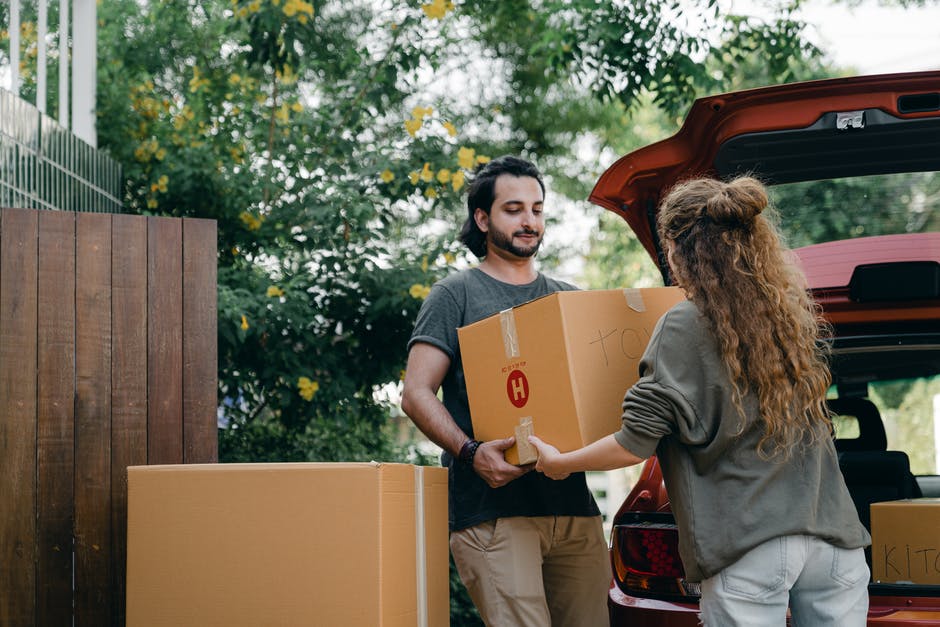Are you planning a move to another state? This is an exciting step to take and is an opportunity for new and improved opportunities. It can be stressful and hectic and requires you to prepare in advance.
Just 8.4% of people had moved into a new place in 2021, down from 9.3% in 2020. It’s not a decision you should take lightly. Moving to another state takes a lot to do, and even with all your planning, anything can go wrong.
Are you wondering how to move to another state? If so, don’t worry; we’re here to help.
This article gives you some of the best moving tips. Keep reading to find out more.
1. Securing a Place to Live Before You Move
Research potential cities and communities so you have a good understanding of what you want and need in your new home. Begin collecting rental applications and applications for mortgages, so you have some forms when getting ready to make an offer on a home.
Before signing a lease or making any financial contracts, make sure to read the agreement to ensure you understand the terms and are comfortable with them. Following these tips will help you to get the best outcome when it comes to finding a new place to call home.
2. Register Your Vehicle and Find New Insurance
You will need to provide proof of identity and residency to the DMV in your new state. This can include a valid driver’s license, a passport, and utility bills or rental agreements to prove residency.
Once you’ve registered the vehicle, you will need to shop around for new insurance. Contact the insurance companies you and your family have used in the past for a possible policy. If no policy seems appropriate to you, use online research and contact local insurers for the best deal.
3. Make Sure to Transfer Your Driver’s License
This process can seem daunting at first, but it is quite simple. Research the process required to obtain credentials in your new state, gather the necessary documents, and apply. Be sure to research the fees associated with the transfer and if these are refundable in the event your license doesn’t transfer.
Once you have applied and paid for your new license, don’t forget to keep your old license. Most states require that your old one be returned.
4. Invest in a Storage Unit to Store Items You Don’t Need Immediately
The storage unit will provide a secure and easy place to store any items that you don’t need right away or don’t have room in your new home. These items may include the contents of a shed, attic, or basement that you don’t have room for yet.
Make a checklist of items you will need and how long it will take to pack them. Be sure to clean and store items, wrap fragile items in bubble or plastic wraps, and place heavier items on the bottom of boxes to avoid damage. Consider using plastic containers and bins to stack items.
Also, label each box with its contents and which room/area it should go in. This will save you from having to search through a cluttered storage unit to make it easier to unpack. When it comes time to move, be sure to hire a reliable local moving company that will treat your items carefully for a smooth moving process.
5. Research the State Before Moving
Before buying a home, start by looking at the local economy as well as the cultural offerings and local laws and regulations. Make sure the state is the right fit for your needs. Check to see if the state has plenty of outdoor activities, entertainment options, and educational opportunities.
Research tax rates and make sure they are within your budget. Visit the state and explore the city or town you will be living in.
You can do day visits or weekend trips. Talk to people who already live in the state, attend events, and get a grasp on the local culture. Make sure areas are safe to live in.
6. Consider the Climate of the New Location
Research the area’s average temperatures for each season, paying attention to precipitation patterns, temperature swings, and extreme weather. Those who dislike cold winter temperatures should avoid states that experience a lot of snow. Those from cooler climates might find the heat and humidity of the south unbearable.
It’s helpful to take a trial visit during different seasons. This will give perspective on how severe the weather can feel.
7. Create a Moving Budget
Calculate your costs and set a realistic budget. Factor in the cost of a moving company, packing materials, hotel stays, and other miscellaneous expenses. Learn about the local cost of living and potential job opportunities.
Account for smaller expenses such as food and gasoline, as well as costs for storage and cleaning. Make sure to research other financial benefits offered in your new home state. The more time you spend planning your budget, the easier the move will be in the long run.
8. Make Connections Beforehand
Consider what organizations or associations are in the area of your future home, and become involved before you move. This allows you to form relationships before the move and gain a network of contacts.
Another helpful connection is the local Chamber of Commerce, which can provide a direct link to the resources and services available in the area. Social media is an invaluable tool; connecting with people online in your new home state gives you access to local news, events, and job openings.
9. Establish Residency & Set Up Important Accounts
Moving to another state can be an exciting and challenging experience. It is important to ensure that you establish residency in your new state to receive services, register to vote, and apply for jobs. You will want to set up important accounts such as a healthcare provider, bank, and utilities.
Doing your research ahead of time will make this transition smoother. From researching online banks to searching for the best prices on the internet, electricity, and water, making sure you get the services you need is essential.
Consider Moving to Another State
Relocating to a different state can be both an exciting and daunting process. With adequate preparation and research, the process can be made much easier. Utilizing these great tips for moving to another state will help you successfully move and settle into your new life.
Keep coming back for more articles on life improvement, health, and more.










